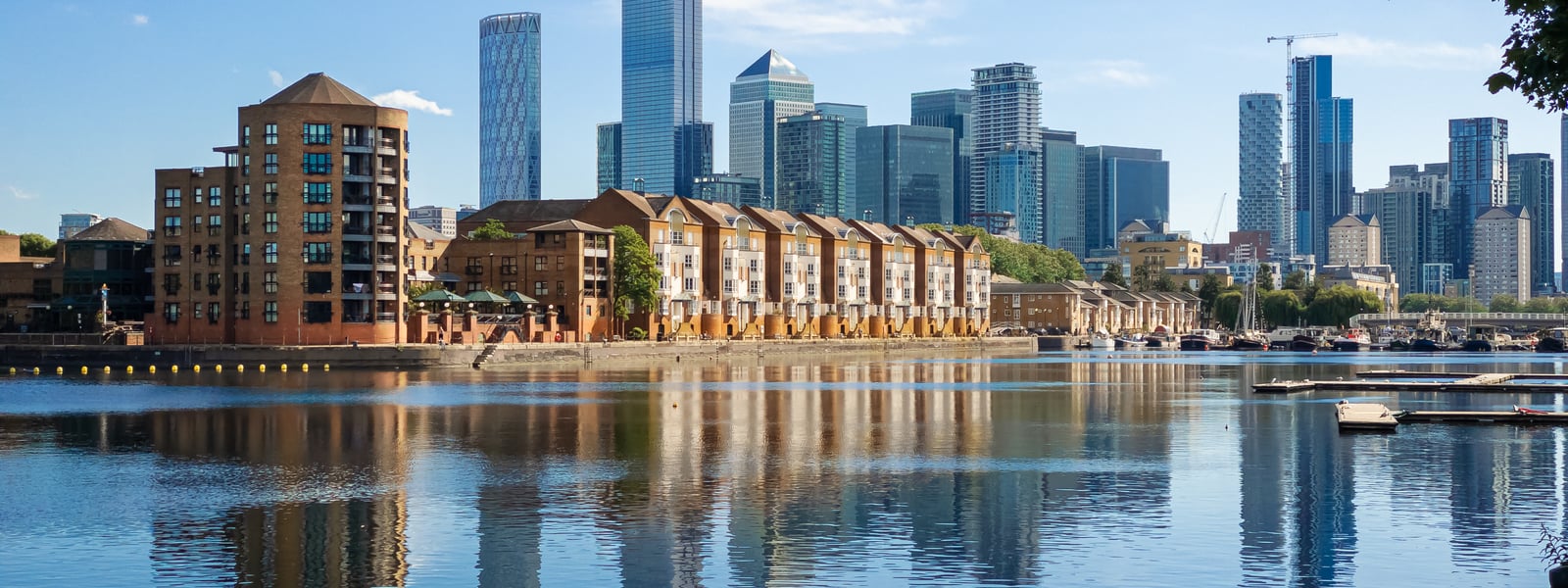Wider South East Q1 2022

Figure 1 – House Price Growth: Wider SE, London and National
Source: Nationwide (Wider SE represented by average of ‘Outer Met’, ‘Outer SE’ and ‘East Anglia’ areas). Note: Quarterly regional series uses different UK figure to main monthly index.
The measure of London values relative to the wider South East continued to fall in Q1, although the pace of decrease slowed. London values were 1.50x those in the South East in Q1, compared to 1.51 in Q4. This is the lowest level since Q4 2012 and continues a falling trend since the peak of 1.75 in Q4 2015. The full data series is shown in Figure 2.
Figure 2 – Ratio of London to Wider South East Values
Source: Nationwide. (Wider SE represented by average of ‘Outer Met’, ‘Outer SE’ and ‘East Anglia’ areas).
The map below shows annual house price growth at local level across London and the wider South East. 71 of the 109 non-London districts are in the top 10%+ growth band, whereas this applies to only 3 of 33 London boroughs. Four London boroughs saw price falls in the year to February. Broadland in Norfolk recorded the highest rate of annual growth at 18.2%, followed by Babergh and Hastings.
Figure 3 – Annual House Price Growth at Local Authority Level, February 2022
Source: Land Registry, 3-month smoothed data.
South East Rental Market
Figure 4 shows rental growth data at regional and national level from the ONS. This is based on all rents paid so is slow to respond to changes in market conditions. Rental growth accelerated nationally and in all southern regions in Q1. The East continued to see the fastest growth on this measure, with an annual rate of 3.7% in March, with the South East at 2.8% also ahead of the national average (2.2%). Growth in London improved to +0.4% but it continued to lag the other regions.
Figure 4 – Rental Growth: Southern regions, London and National
Source: ONS Index of Private Housing Rental Prices
Analysis based on new lettings showed significantly higher levels of rental growth than the ONS indices. The pace of growth increased again in Q1 based on Homelet’s December index and stayed very high according to Rightmove.
Table 2 – Regional Rental Data, Q1 2022




